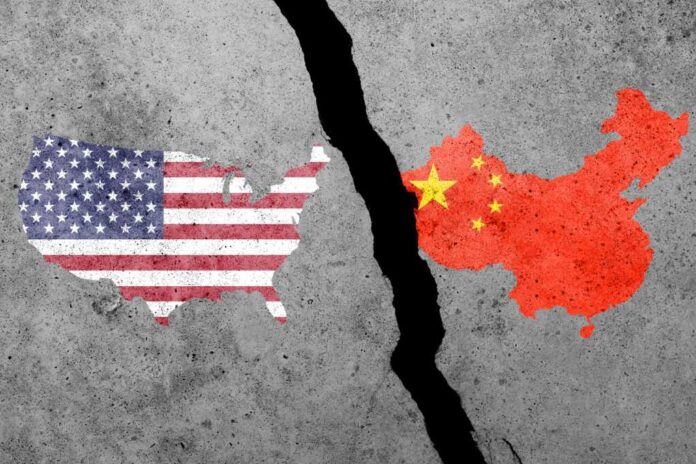
The White House cuts Chinese de minimis tariffs, from 120% to a mere 54%, potentially opening floodgates to cheap imports once again.
At a Glance
- The “de minimis” tariff rate on low-value parcels from China will be reduced to 54% from 120% following an agreement.
- The de minimis package loophole allowed Chinese firms to ship low-value goods duty-free.
- President Trump previously applied a 120% tax or a $100 flat fee on such parcels, ending the exemption.
- The new rate is effective May 14, 2025, amid a trade war truce with China.
A Shift in Tariff Policy
The White House recently announced a significant cut in tariffs on low-value imports from China, dropping the “de minimis” tariff rate from 120% to 54%. This change, due to take effect on May 14, 2025, was agreed upon by the U.S. and China as part of a strategic truce aimed at easing ongoing trade tensions. However, this policy shift has provoked concern over its potential impact on domestic markets, given the history of loopholes allowing duty-free entry of cheap goods.
Under prior rules, items under $800 from Chinese e-commerce giants like Shein and Temu slipped past tariffs altogether, exacerbating the issue of low-cost goods flooding the U.S. market. The reduction of tariffs intends to mediate these tensions while still applying a $100 flat fee. But to many observers, it feels like déjà vu, alarmingly familiar to past situations that challenged U.S. economic stability.
Implications of New Regulations
The consequences of this tariff adjustment will ripple through various sectors, notably affecting companies and consumers. Chinese e-commerce companies like Shein and Temu previously relied upon duty-free channels that are now disrupted by these tighter regulations. The shift could alter business dynamics, pushing these firms to adopt local fulfillment strategies to maintain their U.S. market presence. “Temu’s pricing for U.S. consumers remains unchanged as the platform transitions to a local fulfillment model,” the company declared in a statement.
The situation has had a tangible impact on consumers, particularly affecting access to affordable fashion. As the low-cost appeal diminishes, it will be interesting to see how purchasing patterns and consumer behavior evolve. Nevertheless, the ability of these Chinese firms to adapt to these changes showcases their relentless cooperation-driven approach, a move that might set new standards in global trade practices.
Broader Trade Context
Within the broader landscape of the U.S.-China trade saga, these regulatory maneuvers suggest a tentative thawing of relations. Both nations agreed to mitigate tariffs on April’s imports as part of the truce. The White House stated that as part of the agreement, “The ‘de minimis’ tariff rate on low-value parcels from China will come down to 54% from 120%.”
In an evolving trade environment, this step marks a calculated recalibration in trade policy. Despite skepticism, the reduction intends to shore up economic relations while maintaining protective measures against potential exploitation. By fixing the tariff mess, the administration aims to restore balance to a market increasingly skewed by prior loopholes and regulatory oversight.
Sources:
https://www.cbsnews.com/news/trump-china-tariffs-de-minimus-loophole-slashed-temu-shein/
https://www.reuters.com/world/china/us-cut-de-minimis-tariff-china-shipments-54-120-2025-05-13/
https://nypost.com/2025/05/13/us-news/us-to-cut-de-minimis-tariff-on-china-shipments-to-54-from-120/






















